Through this article, we shall introduce you to what exactly Django is, its features, advantages, and disadvantages. But before that, let us have a brief introduction to what a framework is. So, here it goes!
Python is the most popular, general-purpose, and interpreted programming language . It has the highest search on Google compared to any other programming language. We can see Python everywhere, from software development to web development. Its simplicity and versatile nature make it more popular.
We can use Python for developing software and websites, task automation, data visualization, and data analysis . To make Python development more manageable and efficient, developers use Python frameworks .
When it comes to developing websites or web applications in Python, the most sought-after framework is Django. Django is a Python-based web framework that lets developers create responsive data-driven websites and web applications.
What is a Framework?
A framework is a collection of pre-defined modules, libraries, and APIs which call your code and perform a specific task. We can think of a framework as a foundational structure for building software applications.
Since a framework provides compilers, support programs, code libraries, APIs, and toolsets, it eliminates the need to develop an application from scratch. It lets developers concentrate on high-level features of an application while it manages all low-level features.
These days, developers are using frameworks to build web applications because frameworks are very productive and provide efficiency as compared to building from scratch. Developers use web frameworks for creating websites and web applications.
A web framework is a software program that supports the development of web projects, including web applications, websites, and services. Though whichever framework you choose to develop a web application, you should have knowledge of its native programming language.
What is Django?
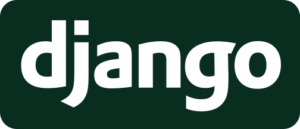
Django is the most popular open-source Python web framework for creating dynamic web applications. The primary objective of the Django framework is to ease the development of complex and large database-driven websites. The insane amount of Python libraries really helped Django to grow.
This web framework follows the MVT (Model-View-Template) architectural design pattern. Here, the model creation in Django might be difficult for a beginner, but once you get it, you are good to go. Many popular applications like Instagram, YouTube, and Reddit use the Django framework.
In addition, developers leverage Django for quantum research, which shows the true power and popularity of this framework. It takes care of all the hassle involved in web development and lets you focus on developing more advanced features of your application without reinventing the wheel.
Django primarily concentrates on the different design philosophies, namely rapid development, reusability and pluggability of components, less code, low coupling, and the 'don't-repeat- yourself' principle.
- Loosely Coupled: All the components of the Django framework are independent of each other.
- Less Code: This framework aims to make the web development process quick and hassle-free with less coding.
- Don't Repeat Yourself (DRY): It ensures that there is no repetition of information. Every logic to a piece of knowledge should be a unique, authoritative, and unambiguous representation of a system.
- Rapid Development: Django facilitates quick and rapid development.
- Code Reusability: It emphasizes reusing the existing code to develop a new application.
History
The two web programmers, Adrian Holovaty and Simon Willison are the original authors of Django. They started developing Django in the fall of 2003 when they started using Python for building applications. Later, Jacob Kaplan-Moss also contributed to developing Django when Simon Willison completed his internship. Django was released publically under the BDS license in July 2005, and since then, it has worked on the DRY (Do not Repeat Yourself) principle.
Adrian Holovaty is a Romani jazz guitar player and a die-hard fan of Django Reinhardt. Therefore, he named this framework after a guitarist, Django Reinhardt. This framework is a full-stack web framework, and its built-in admin authentication feature makes it different from all the other python frameworks. It is meant to develop and create big projects, so for a complete beginner, Django could be a hard choice, but the opportunities it promises to make it worth it.
Django (MVT) Architecture
Django has an MVT (Model-View-Template) architectural design pattern, which is analogous to the famous MVC (Model View Controller) architecture. Basically, these architectures are used to get some input from a user to request the appropriate server and, in return, give a proper interface to the user. These three Architecture Components are interlinked with each other.
Django Models
Models in Django are the real deal that makes it work for the back end. The models are the data carrier in Django, and they are linked with the database that holds all the data coming from a user or predefined one.
Django uses ORM (Object-Relational-Mapping), which helps the developer create a relational database using a simple python programming language . Though Python supports many Relational Database Systems, it comes with built SQLite, which is enough to handle and create a Database .
Django Templates
Templates in Django are the HTML files that are used for the User interface and play an important role when it comes to user input. This is the only layer with which a user can directly interact.
Django View
The Django View layer deals with the logic, and it is responsible for which template should be shown to the user according to the user's request. It fetches the data from the Model and puts it on the templates so that a user can interact with it.
Django Project Structure
When we initialize any Django project, it initially contains some default files, such as manage.py, setting.py, and many others. We can create single-page applications using a simple Django project structure.
Creating a Django Project
It is very straightforward to create a Django project. You just need to open your terminal or command prompt on your Linux or Windows system, go to the place where you wish to create a project, and enter the following command:
$ django-admin startproject myproject
It will create the 'myproject' folder with the following structure:
myproject/ manage.py myproject/ __init__.py settings.py urls.py wsgi.py
As discussed earlier, when you create a Django project, it will contain some basic files. These files are:
- manage.py: This file helps you to interact with your project via the command line.
- __init__.py: It is a Python package. When we import any package or a module in a package, this file gets invoked.
- settings.py: This file contains all website settings. It contains information such as new application registration, the location of static files, database configuration details, etc.
- urls.py: This file contains all the links to a project and functions to call.
- wsgi.py: This file aids your Django project in communicating with the web server. It also helps you to deploy your project in WSGI.
Django Features
The Django framework offers a lot of features, as follows:
- It has well-organized and complete web documentation.
- It is SEO-friendly.
- As it is a Python framework, it has a large community.
- It can handle a large amount of that, which shows its high scalability.
- It is a Full-stack web framework .
- Admin Authentication Feature, which gives its extra app security
- Object-Relational-Mapping helps to create data using native Object-Oriented programming language .
- It provides an inbuilt admin interface
Django Advantages and Disadvantages
Every framework has its own advantages and disadvantages, and so do it has many features, which come with many cons. Let us now discuss some of the significant advantages and disadvantages of the Django framework.
Advantages
- It can develop applications very fast, and the build quality of the applications made on Django is just amazing.
- It comes with many built-in features like admin authentication, site maps, content administration, and lots more that give it an edge over other python frameworks.
- Security is the main asset of Django.
- It has easy Database management.
- It is a Python framework, so it has many libraries in inheritance.
- With its versatile nature, it is opening many opportunities in the future.
Disadvantages
- We have to specify the URL routing for every view. However, the URL specifying syntax is complicated, but it is common, and for a beginner, it could be confusing at first.
- Speed is the major disadvantage of Python, and so for Django. The increase in data slows down work.
- It is monolithic, which means all the programming should fall under the MVT architecture, which means a developer does not have any control over the flow.
- It is not an ideal framework for minor projects.
Conclusion
Django is an open-source and sought-after web framework for Python that enables the fast development of highly secure and maintainable websites. There is no doubt that Django is one of the most powerful frameworks for Python, but it is not an ideal framework for a beginner. Even if you have opted for Django as your framework for developing your first web application in Python, it is essential for you to have a solid knowledge of Python.
We hope this article has helped you develop a basic understanding of the Django framework. If you have any queries or suggestions, you can post them in the comments section below.
People are also reading:
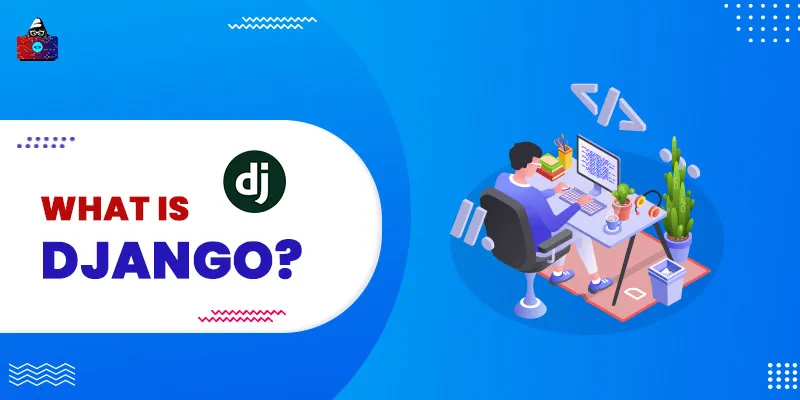

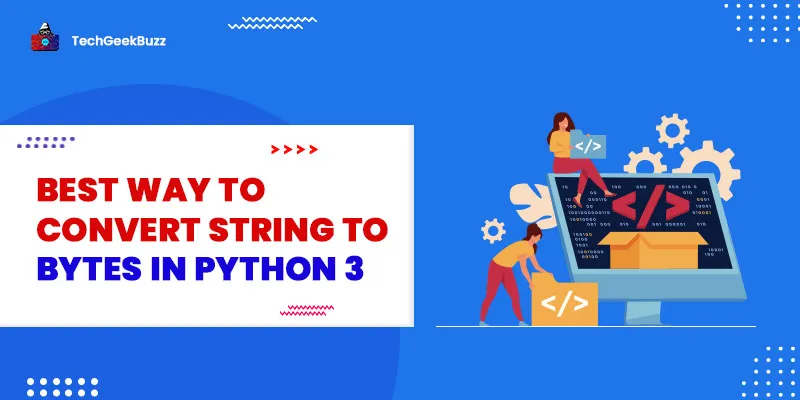
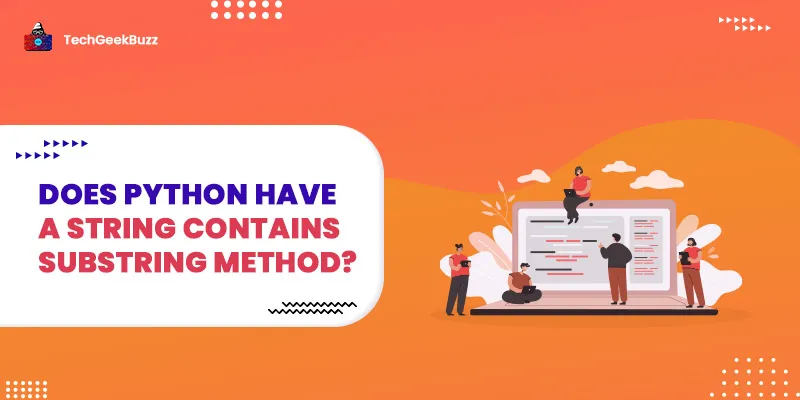
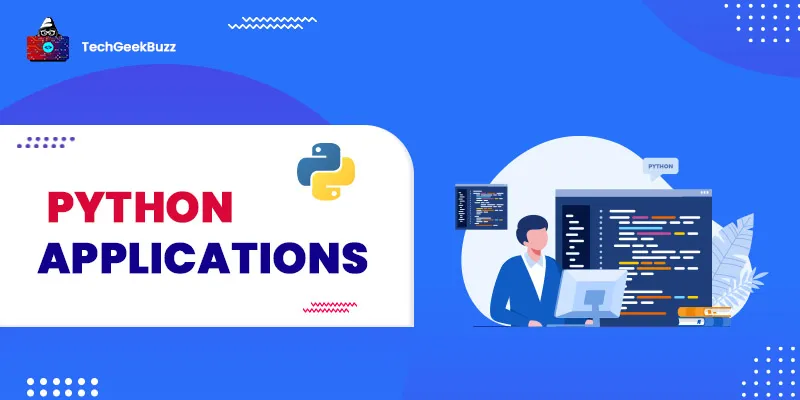
Leave a Comment on this Post